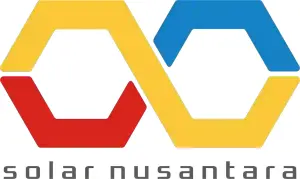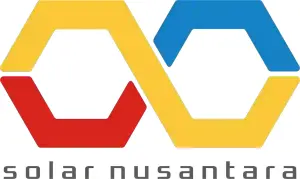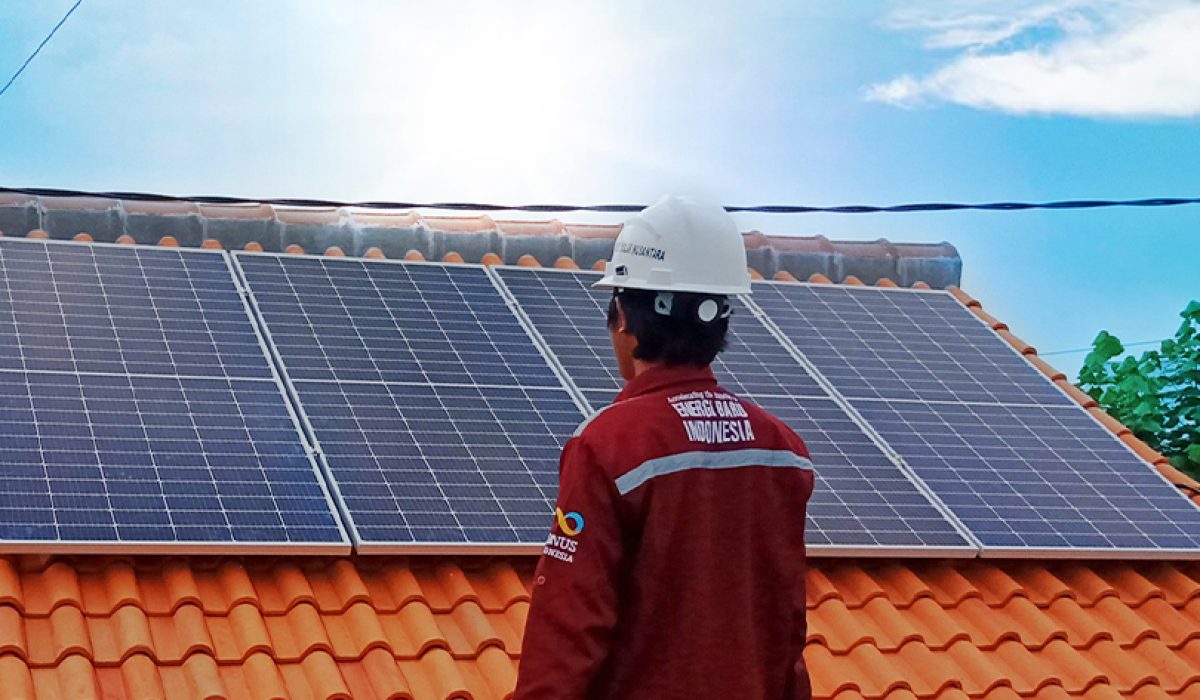Solar panels are a large-scale solar energy generator that uses photovoltaic cells to convert sunlight into electricity. They consist of several solar modules connected together to form a panel, which is then mounted on the ground or on the roof of a building. There are two types of solar panels: single crystal and polycrystalline.
Single crystal panels have a higher efficiency rate than polycrystalline panels, but they are also more expensive as they require more silicon in their construction. Polycrystalline panels have a lower efficiency rate, but they use less silicon and therefore have lower production costs.
Solar panels have been around for a long time. They were first built in 1883 by Charles Fritts, an American inventor who created the first solar panel that year. He had to improve the design of his solar cells to make them more efficient and he did so with the help of his brother, Frank Fritts, who was a physicist. Together they made solar cells that were far more efficient than those used by others at the time.
Solar panels were first used by the US military to power lights and signal beacons, but it wasn’t until 1959 that the public discovered their use in solar-powered calculators. In 1974, scientists at Bell Labs discovered the first solar cell that could be mass-produced.
In 1980, Dr. Albert Kirschner of Northwestern University in Chicago discovered a new way to produce solar cells based on a different principle. In 1982, the first solar village was built in Bavaria, Germany, with 20 photovoltaic installations as part of an experiment to use renewable energy. In 1986, the first commercial-scale photovoltaic power plant, the Ivanpah Solar Power Facility, was opened near Primm, Nevada in the United States.
In 1989, Congress passed the Energy Policy Act, which set a goal of achieving 10% renewable energy. In 1990, solar energy payback was calculated to be 39 years.
Solar cells are made of silicon crystals and use photon-generating materials such as cadmium telluride or copper indium selenide. In 1964, Bell Labs discovered the first solar cell that could be mass-produced.
The solar panel system is a power generator. It converts sunlight into electricity. Solar panels are made up of photovoltaic cells that convert sunlight into electricity. Solar panels can be installed on building roofs, on the ground, or on water to generate energy.
In a solar panel, semiconductors absorb sunlight and create an electric current that can be used to power devices. The size of the solar panel is often determined by where it will be installed, the amount of sunlight available, the dimensions of objects around it, and how much electricity is needed.
Solar panels work by converting sunlight into electricity through photovoltaic cells that capture photons from the sun and turn them into an electric current. They provide clean, renewable energy and are becoming increasingly popular as their production costs continue to decrease.
In addition to being a source of renewable energy, solar panels offer several benefits. They can help reduce electricity bills, reduce greenhouse gas emissions, and increase the value of a property. They are also low maintenance and have a long lifespan, making them a cost-effective investment in the long run.
In conclusion, solar panels have come a long way since their invention in the late 1800s. They have become a viable and sustainable source of energy that can power our homes, businesses, and even entire cities. With advancements in technology and manufacturing processes, solar panels have become more efficient and affordable, making them a more accessible option for people who want to reduce their carbon footprint and save money on their energy bills.
As we move towards a more sustainable future, it is crucial to embrace renewable energy sources like solar power. By investing in solar panels, we can reduce our reliance on fossil fuels and help to mitigate the effects of climate change. Solar panels are not only an environmentally friendly option but also a smart investment that can save you money in the long run.
So, if you’re thinking of installing solar panels in your home or business, take the time to research and understand the benefits they can offer. With the right planning, installation, and maintenance, solar panels can provide clean, renewable energy for years to come. Let’s all do our part in promoting sustainable energy solutions and make a positive impact on the planet.


